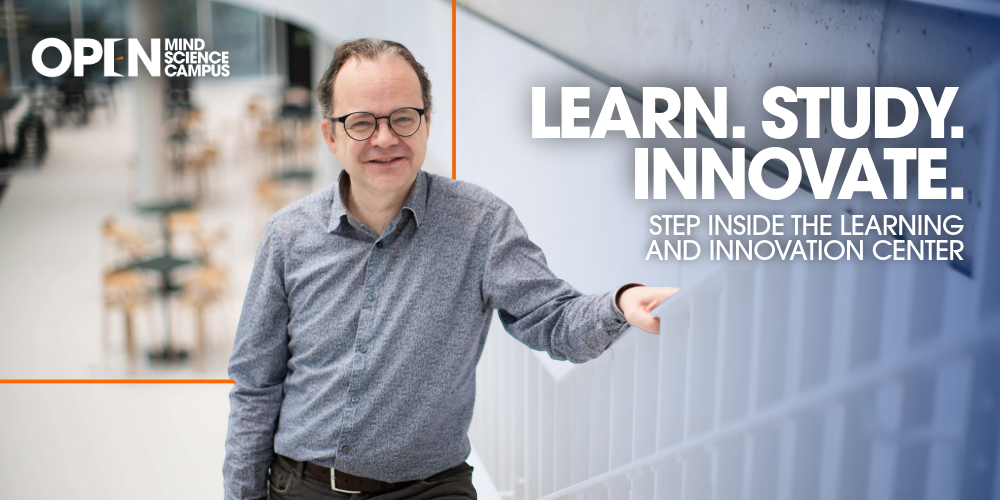
The doors of the LIC – the state-of-the-art centre that brings together students, researchers and the Brussels community – will be wide open during the Academic Opening on 23 September. The guided tour “Learning is Science” will give you a behind-the-scenes look at this innovative learning hub.
Since its inauguration on 14 May, the Learning and Innovation Centre (LIC), located between the VUB and ULB campuses, has become Brussels’ cutting-edge hub where studying, collaboration and innovation blend seamlessly. The LIC is more than just a building: it is an intellectual beehive connecting students, lecturers, researchers and external partners. Students, in particular, have quickly claimed the space as their own. Even during the soft launch in April, videos filmed inside the LIC went viral on TikTok – some reaching over 100,000 views – offering peer-to-peer tours of the building. During the recent exam period, the LIC’s speed gates were in constant use, opening nearly 100,000 times for VUB and ULB students coming to study.
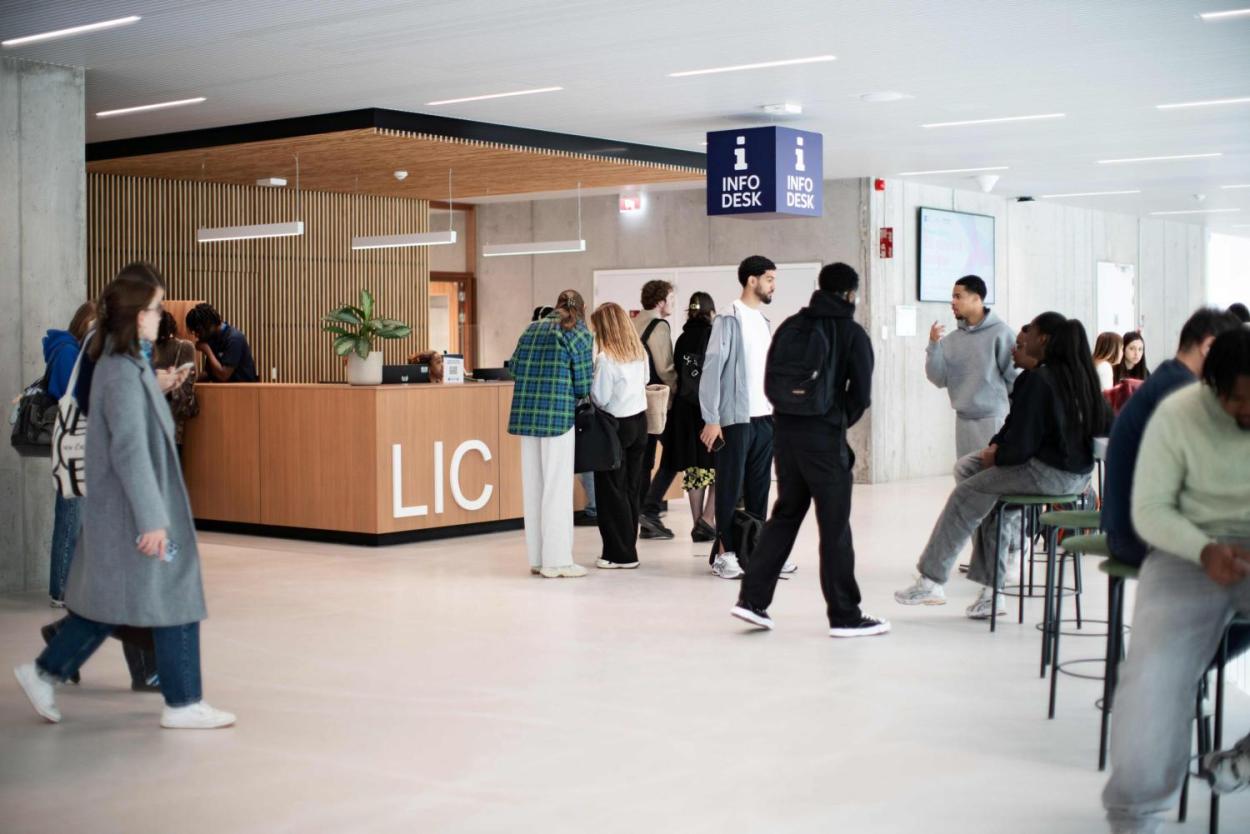
But the LIC is not only for students. Researchers and staff from both universities have discovered it as a new space for meetings and work. The building has already hosted a wide range of events, from public PhD defences in the Learning Theatre, to the International Congress for Dutch Studies, and the exchange day of the MILO teacher training programme where students presented their research. The VUB Trade Mission was even honoured with a visit from the Egyptian Ambassador, who engaged in discussions with students ahead of their trip to Egypt.
And this is just the beginning. With the start of the new academic year, the focus will shift even more towards using collaborative classrooms for teaching. New partnerships with businesses and other educational institutions are also on the horizon. The LIC aims to grow into a true hub for innovation and knowledge-sharing.
Learning beyond the classroom
Professor Jo Tondeur (Behavioural Sciences, VUB)
“The campus infrastructure was in urgent need of renewal. Even relatively new buildings, like Building I, still follow the traditional ‘Grammar of Schooling’: the lecturer in front, students lined up in rows. That fits an industrial model of education, while what we really need are spaces that invite exploration. The LIC does exactly that. The materiality – the space in which you learn – influences how you feel and how you act.
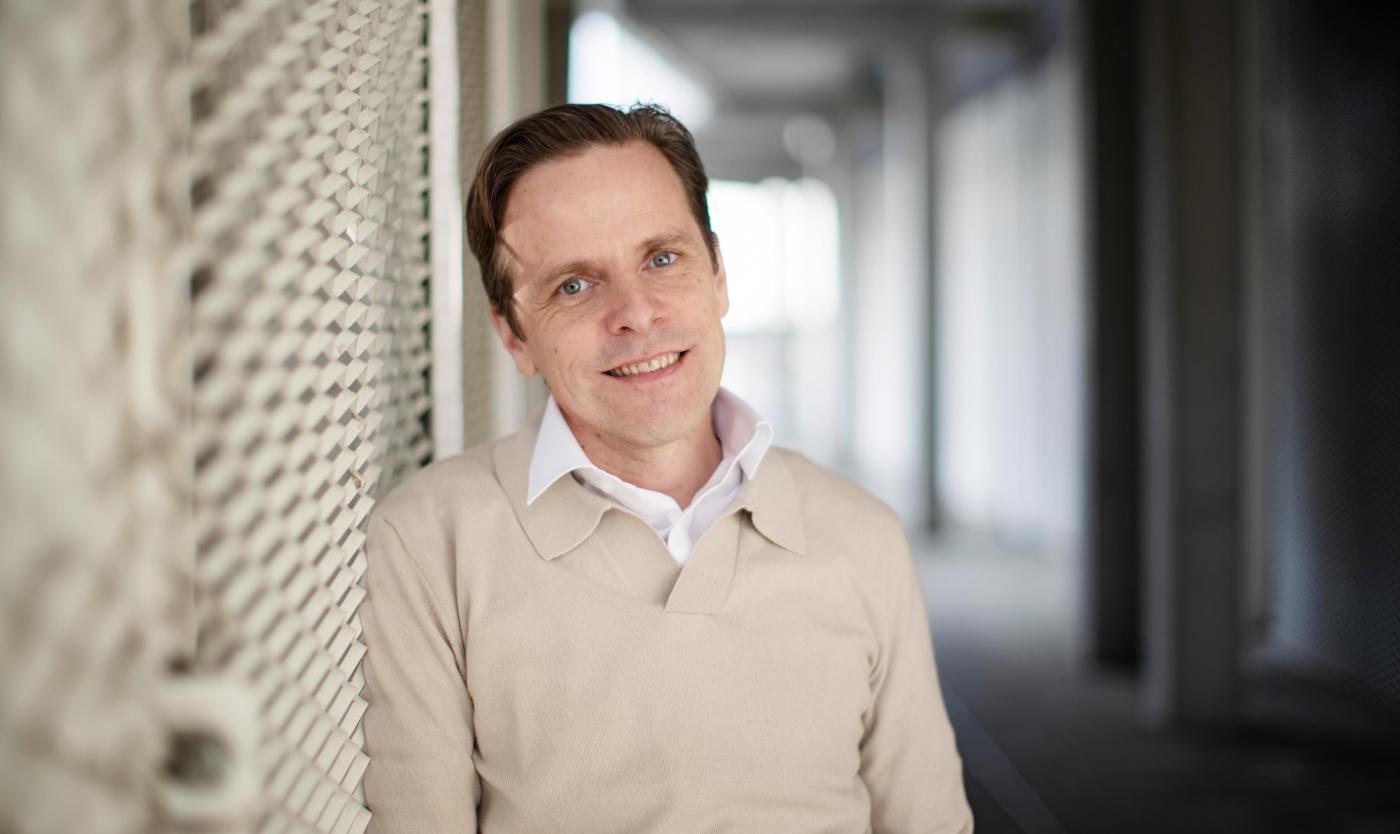
Jo Tondeur
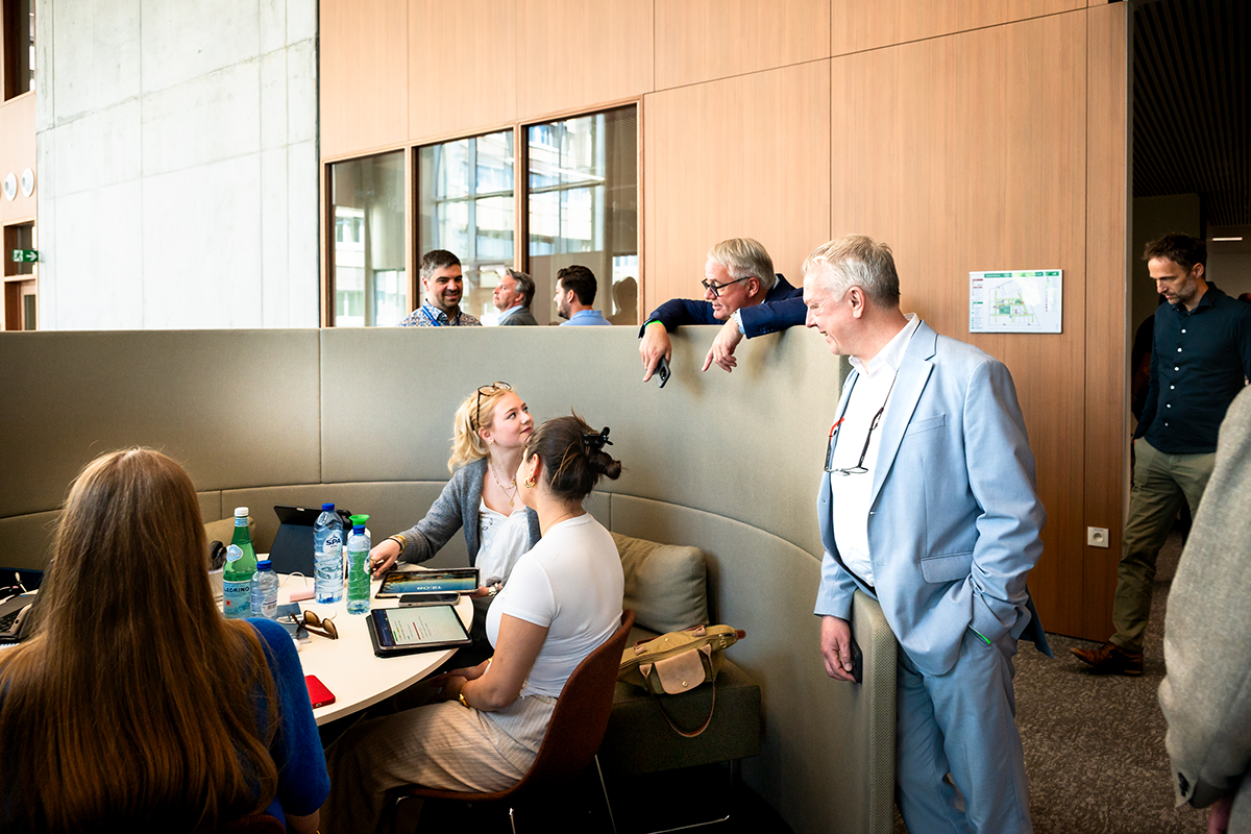
The LIC is designed around the principle of The Third Teacher: parents are your first teachers, lecturers your second, and space your third. Space determines what we do and how we learn. What impresses me is the thoughtful integration of physical and digital environments. Post-COVID, we became more skilled with digital tools, but the combination with physical spaces lagged behind. The LIC changes that.
The building is fully equipped for hybrid collaboration: students, lecturers and external partners can communicate smoothly, both in person and remotely. Every room is supported by technology. I believe the LIC will become a vibrant meeting place. A bridge has now been built – literally and figuratively – between VUB and ULB.”
Professor Liesbeth De Donder (Educational Sciences, VUB)
“I recently received an inspiring presentation about the LIC during a faculty meeting. It made me so enthusiastic as a lecturer that I immediately applied for a teaching space. In the current system, it’s difficult to deviate from the fixed 13-week structure. For instance, if I want to teach four full days in a row, that’s impossible. I hope the LIC will offer that flexibility.
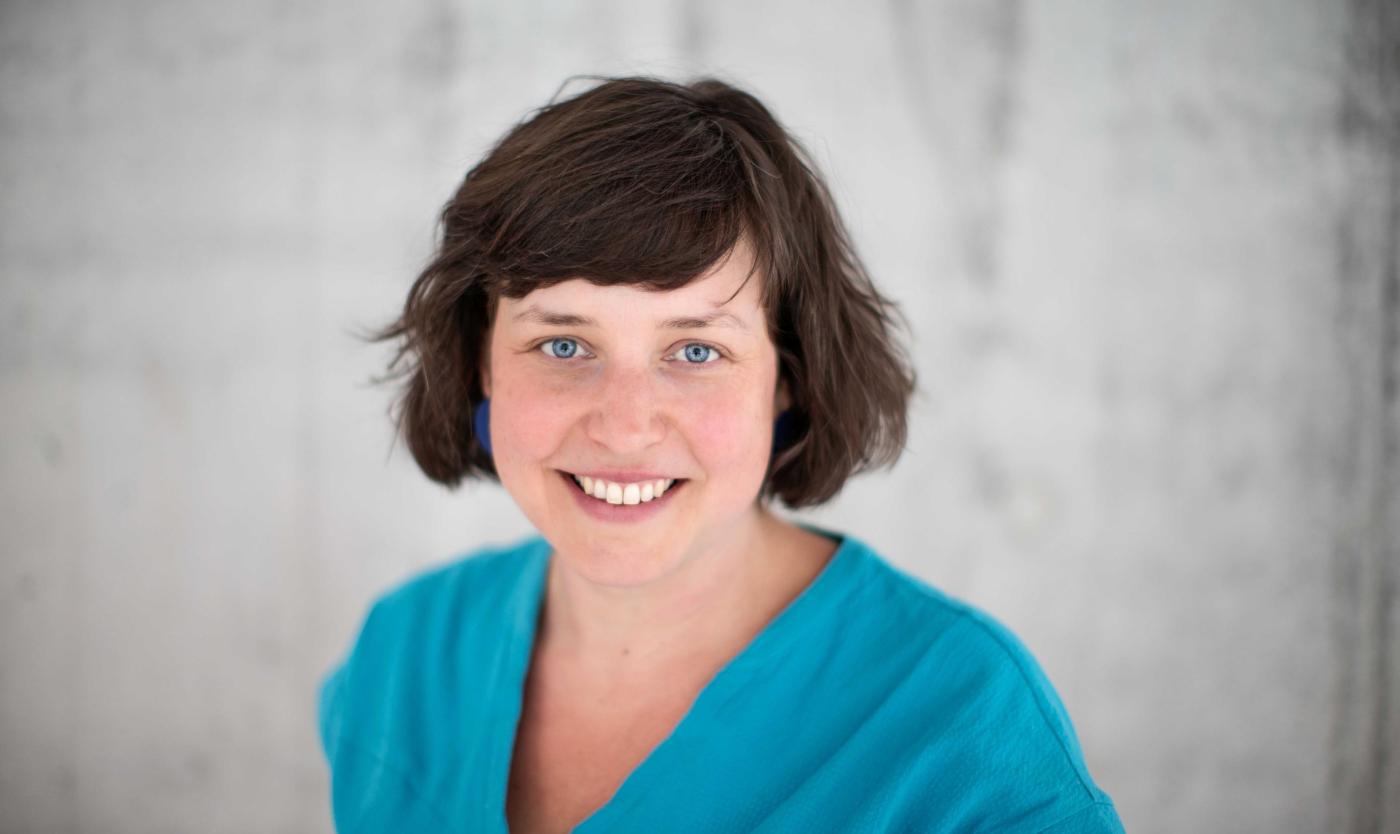
Liesbeth De Donder
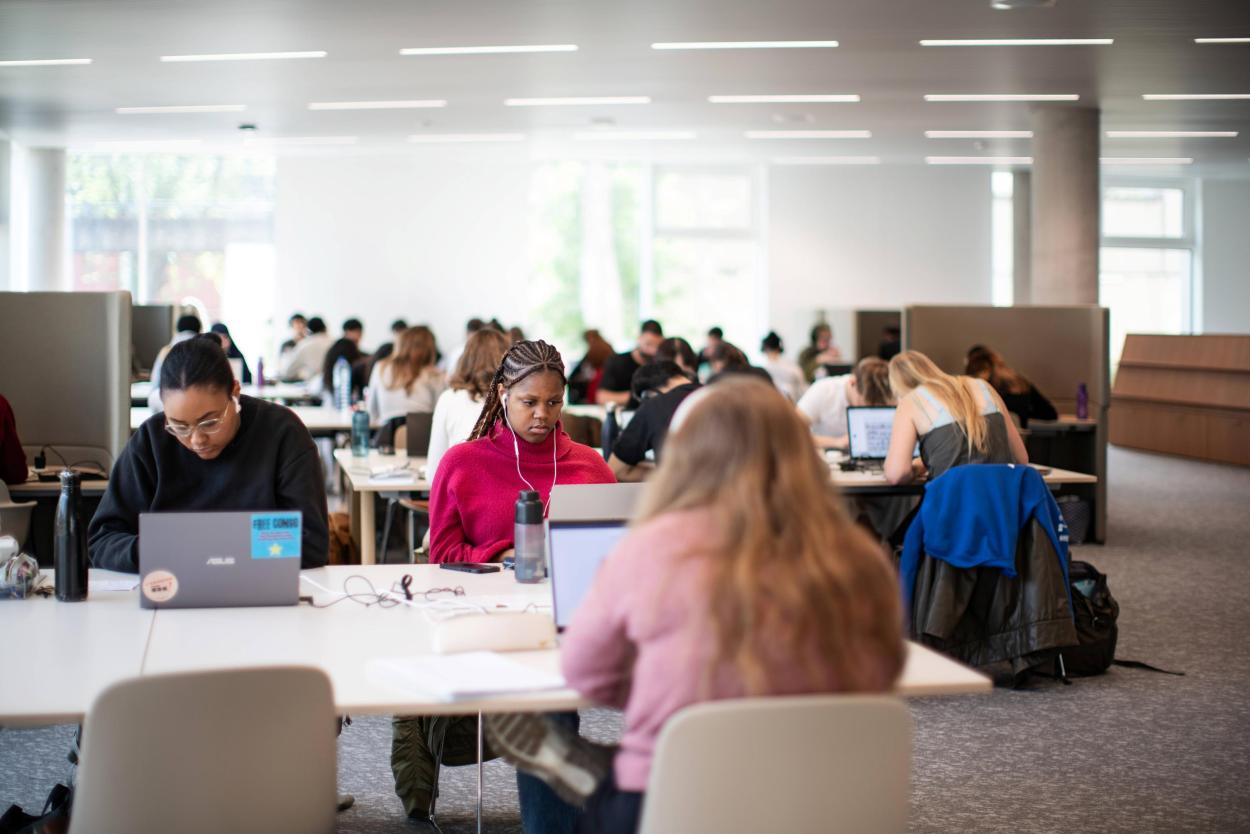
For master’s theses, students get several sessions within a seminar. Instead of spreading them over 13 weeks, I reshaped them into full-day events, in conference style, with panels and multiple speakers. That fits perfectly within the LIC. The coworking spaces are also ideal for peer support – small groups of students giving each other thesis feedback. Sitting with four students around a large screen enables a whole new way of collaborating.
Meetings can also be reimagined here. In an exchange with the University of Antwerp, we organised speed dating and debate rounds instead of sitting around a table all day. These formats spark engagement and activity. I can’t wait to bring them to the LIC.”
Innovation in space and technology
Kyra Hidding (Educational Scientist, LIC Team)
“The building covers 9,000 m² across eight floors, six of which are open to students. There are hundreds of study spaces and more than 40 meeting and collaboration rooms, all equipped with digital facilities such as screens. This makes it easy to work with students remotely, for example via Teams.
But the LIC is not your average learning space. There are collaborative classrooms for group work, low-stimulus zones for quiet focus, and even a Zen Zone with beanbags and poufs. On the ground floor, the Learning Café offers food and drinks. Everything is designed to create an open, informal and lively learning environment.

Kyra Hidding
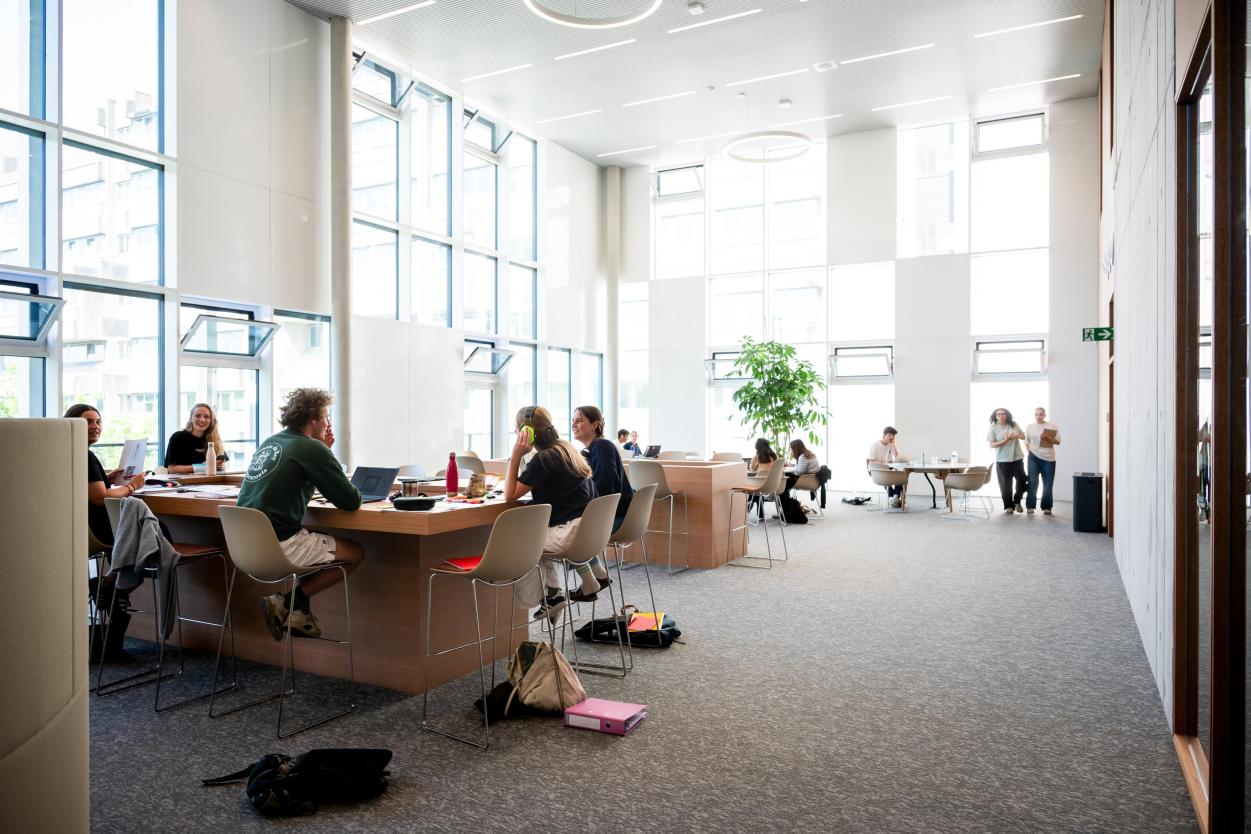
We took inspiration from educational buildings worldwide. That led to the creation of the Immersive Room, where 360° projections make lab simulations or social settings possible. There are also dedicated rooms for joining PhD defences online or meetings with international partners and networks such as Eutopia.
The number of study and group work spaces on campus was simply insufficient. With the LIC, we provide a structural solution. Students can even book their favourite spot in advance via lic.brussels. The LIC is a place to feel at home and grow – preparing students for their professional lives.”
Prof. Pieter Ballon (Vice-Rector for Research, VUB)
“With a name like Learning and Innovation Center, you might think students only come here to learn and researchers only to innovate. But that’s not the case. Researchers are constantly learning, and innovation stems from that. And we expect students not only to learn, but also to develop new ideas.
Research today is team-based, interdisciplinary and often international. That requires an environment that reflects and supports it – where the physical and virtual worlds overlap, and students and researchers sit side by side. I’m incredibly proud of our LIC. The enthusiastic TikTok videos flooding in since the soft launch show I’m not alone.
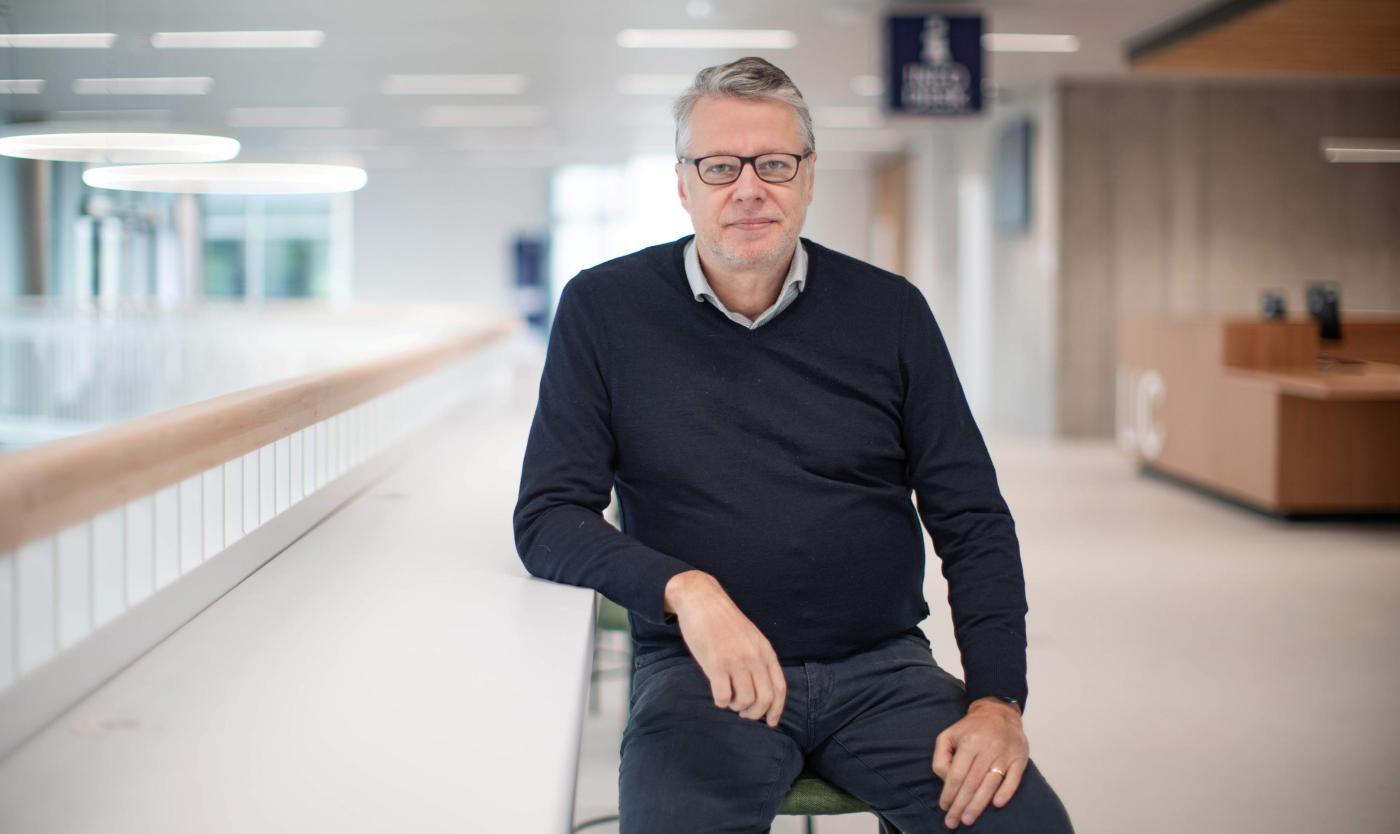
Pieter Ballon

The American historian Shelby Foote once said: ‘A university is just a group of buildings gathered around a library.’ So true. Like bees, we circle around the hive: a place to feed, but also to contribute. The LIC has everything to become such an intellectual hive.
And it’s not just for the university. With the LIC, we also strengthen our ties with ULB and with the business world. It’s an innovation centre where science and society meet. And it’s not limited to exact sciences: the humanities and social sciences are just as much at home here. Everyone benefits from the LIC.”
A centre with vision
Annick Faveere (LIC Project Leader)
“Since 1970, VUB and ULB had grown apart. Under the leadership of rectors Caroline Pauwels and Yvon Englert, cooperation intensified again. The original idea was a joint library, but it evolved into this Learning and Innovation Center. It now houses not only the Faculty of Science library, but also a thousand study spaces, collaborative classrooms and social areas for students.
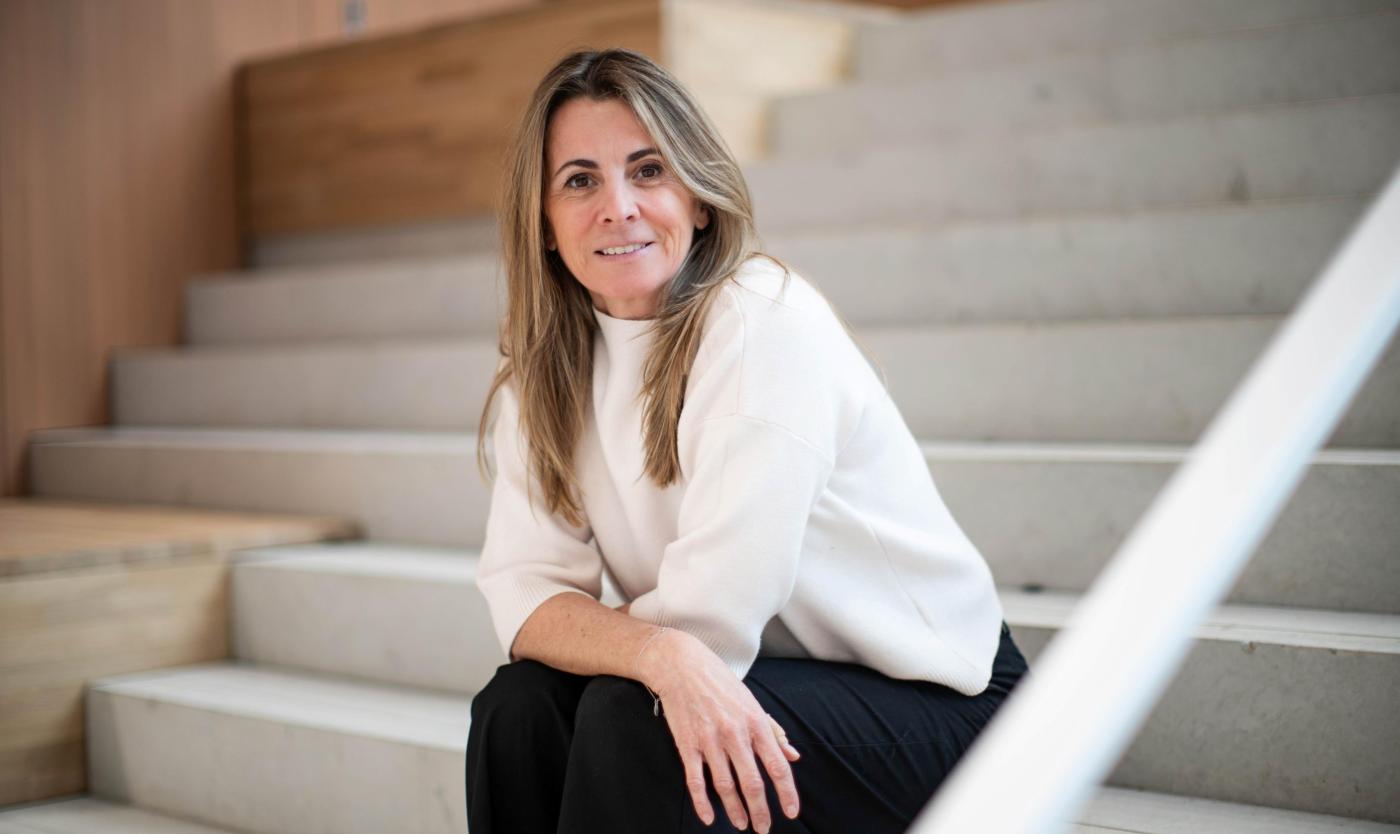
Annick Faveere
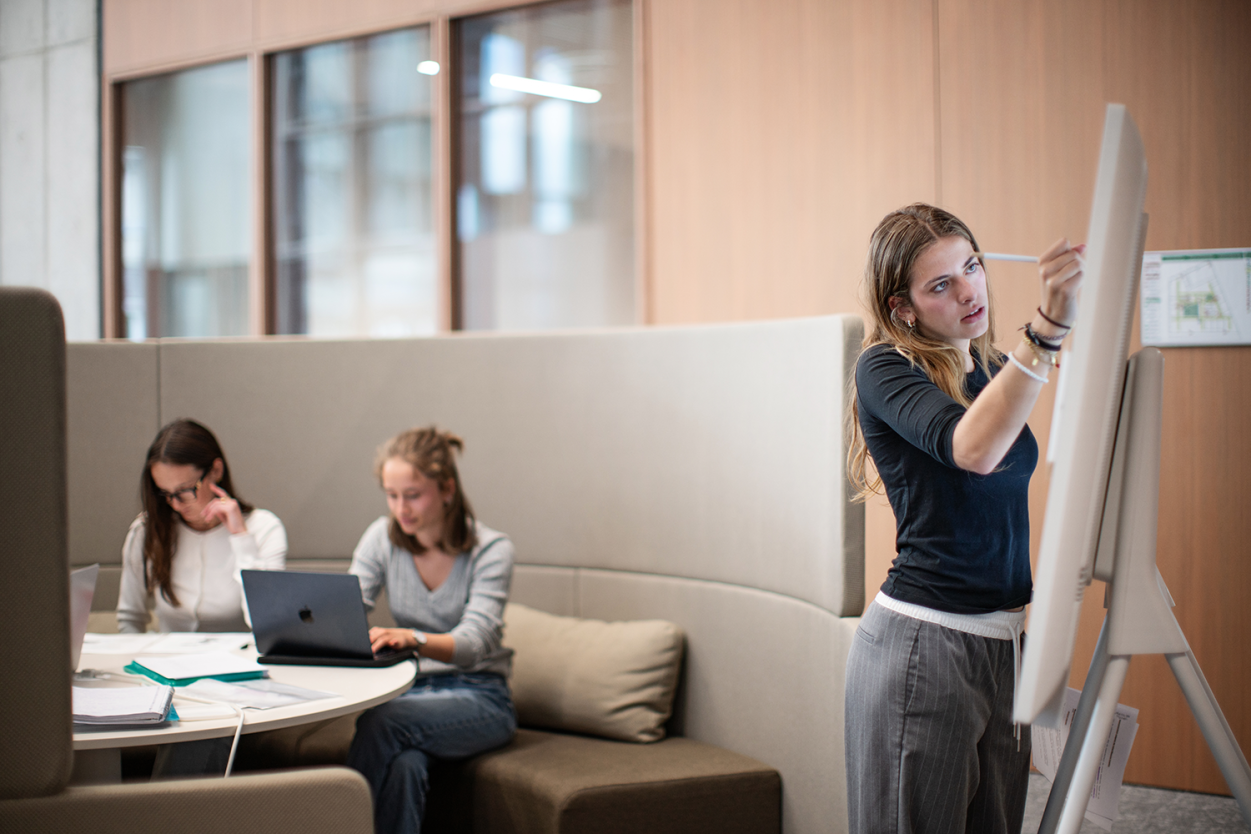
The smart building features are highly advanced. Lighting is controlled through the network, with sensors detecting occupancy per seat. The system also collects data on temperature, light intensity, movement and presence. These connect to the building management system for heating, CO₂ levels and electricity. Through an app, you can book a spot, check availability and even take a guided tour.
The LIC is nearly zero-emission. Cooling is provided by automatically opening windows, concrete that absorbs thermal inertia, automatic lighting and solar panels powering the heat pump. Significant investment was also made in acoustics, eliminating echoes. The architects wanted to maximise natural light and create openness. Lifts are deliberately hidden, encouraging people to use the wide staircases instead. All of this makes the LIC a sustainable and future-proof building.”
Peter Verbist (Director of the University Library and the LIC)
“The LIC is one of the structural answers to VUB’s growing pains. Student numbers are increasing, which puts pressure on the campus. Conceptually, the LIC is unique in Belgium. It reflects a bold campus vision to realise this building together with ULB, right at the intersection of our campuses.
I’d call it pioneering. The LIC meets the highest 21st-century standards: acoustics, lighting, ventilation, temperature control and sustainability. But state-of-the-art infrastructure also demands matching services. That’s why three core values guide us: open, informal and flexible. We’ll be open every day except 25 December and 1 January – during teaching weeks, exam periods and revision time from 8 am to 11 pm.
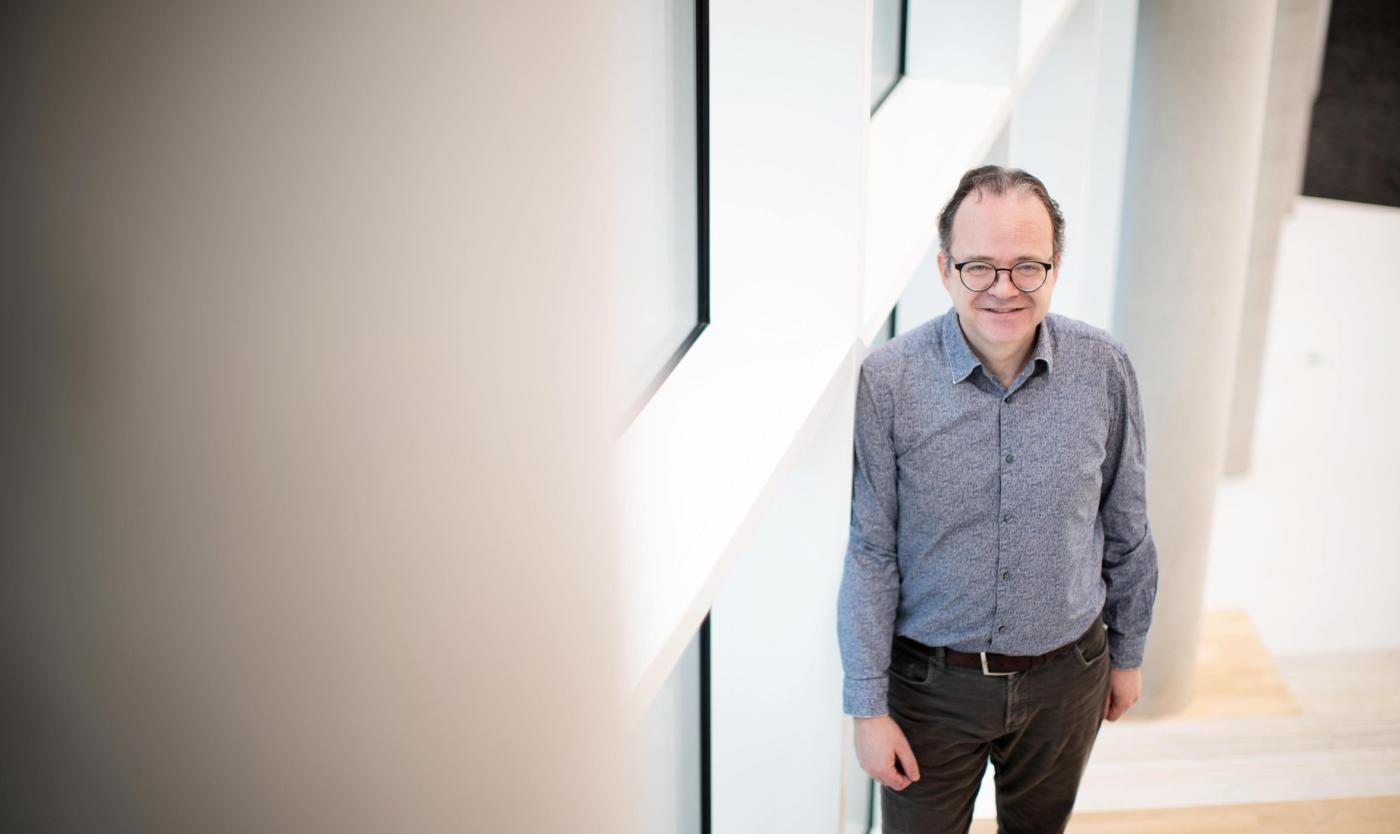
Peter Verbist
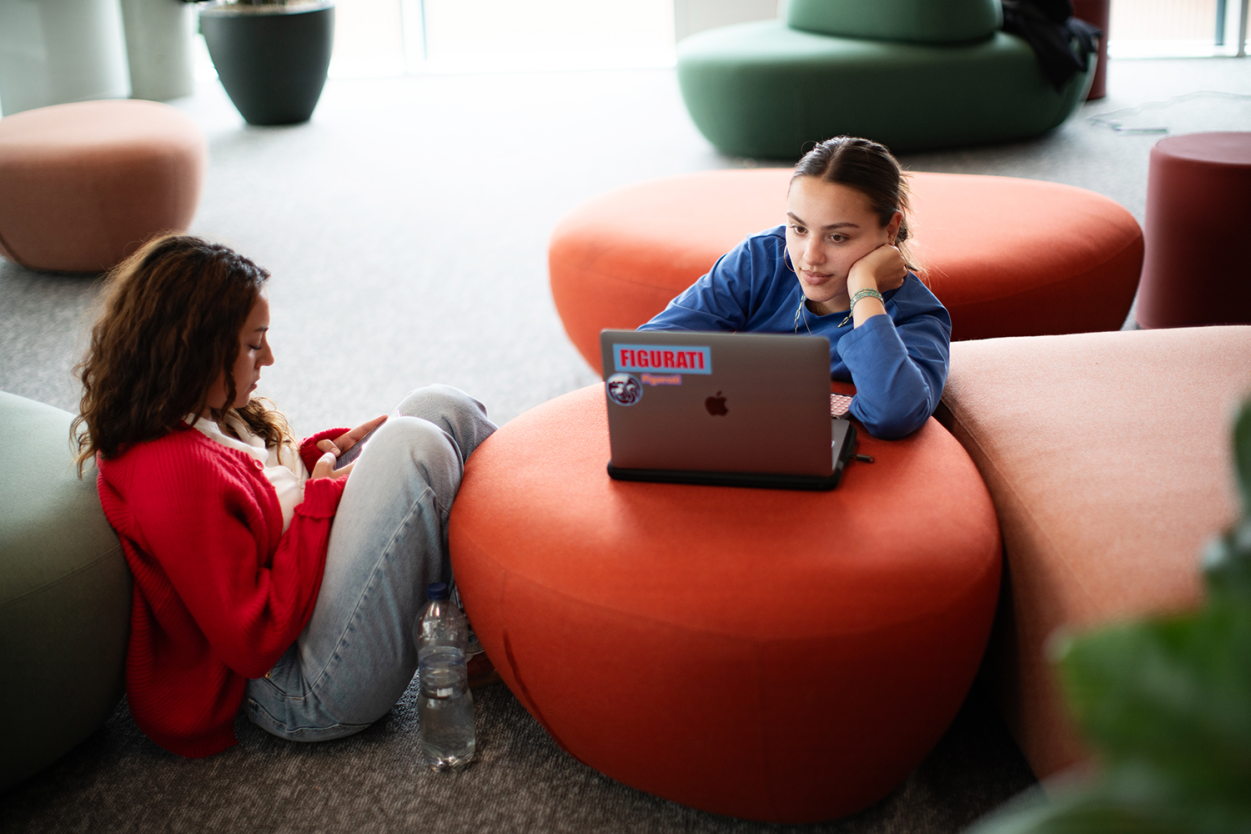
The LIC is not a building with a single purpose. It’s multifunctional. For students, it offers countless study places during the busy revision period. For staff, there are meeting rooms and touchdown workspaces. For lecturers, seven classrooms equipped for collaborative and active teaching. For services, an inspiring place for brainstorming. The LIC gathers the university’s social capital. It acts as a multiplier for everything we do. We like to say we’re the second ‘1’ in 1+1=3.”